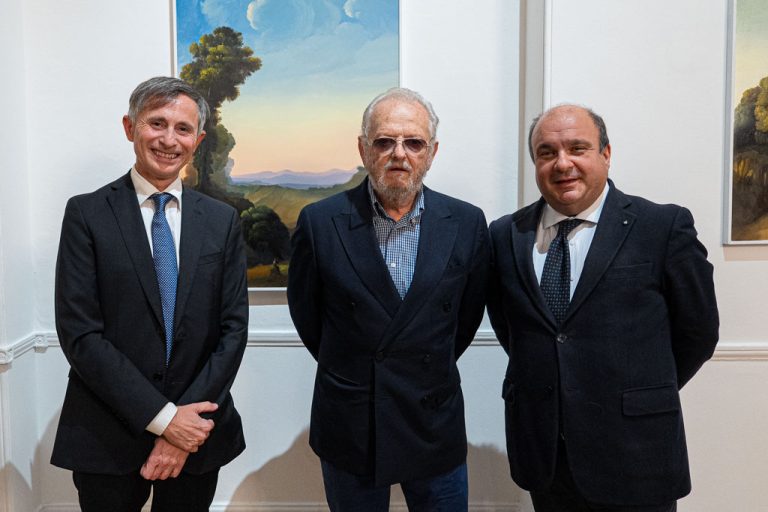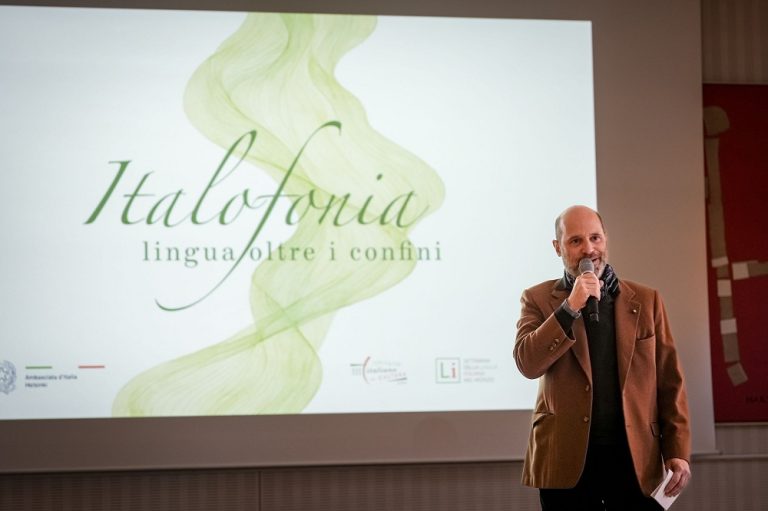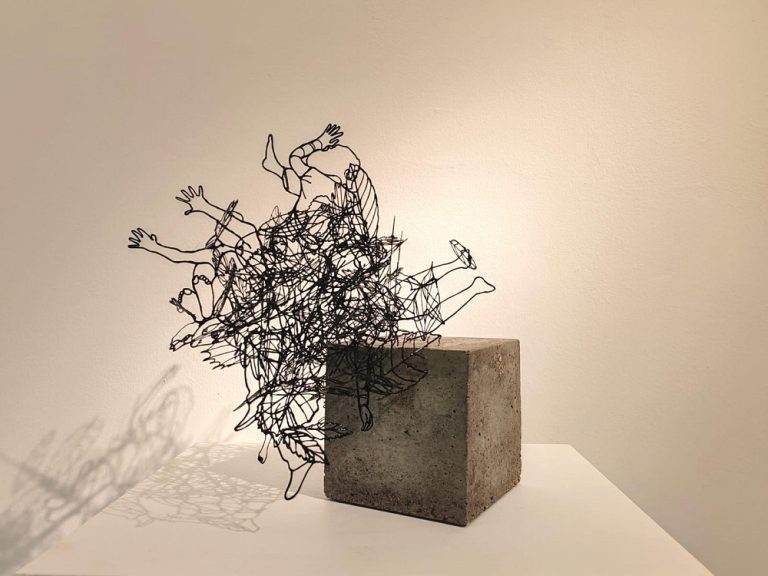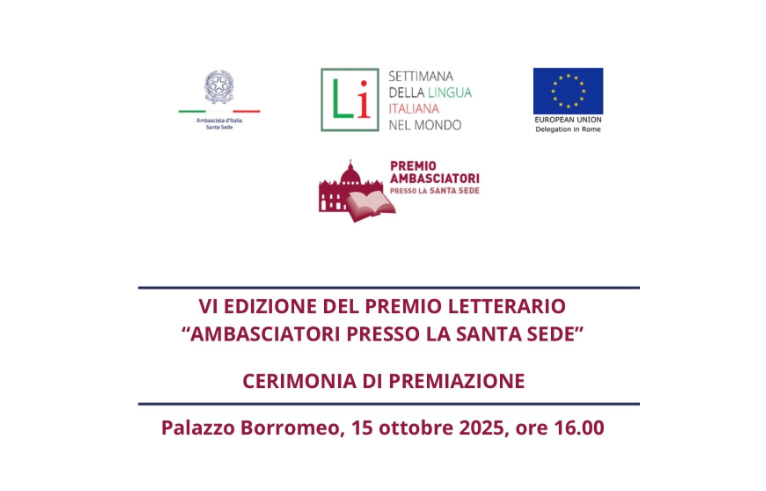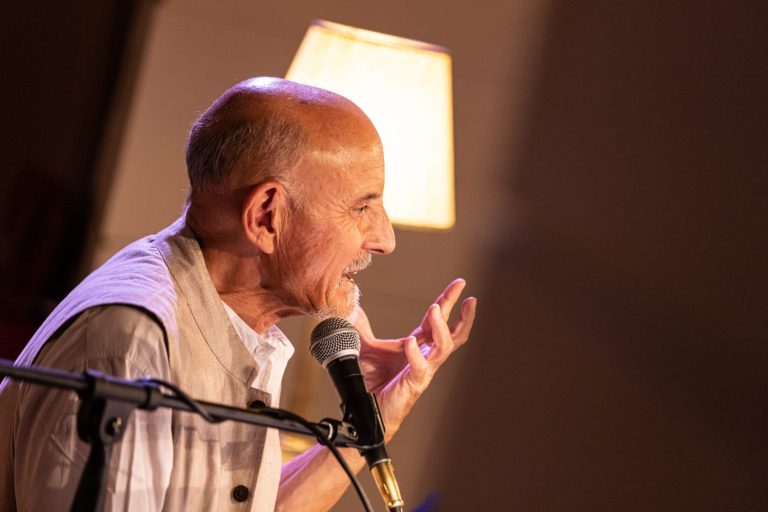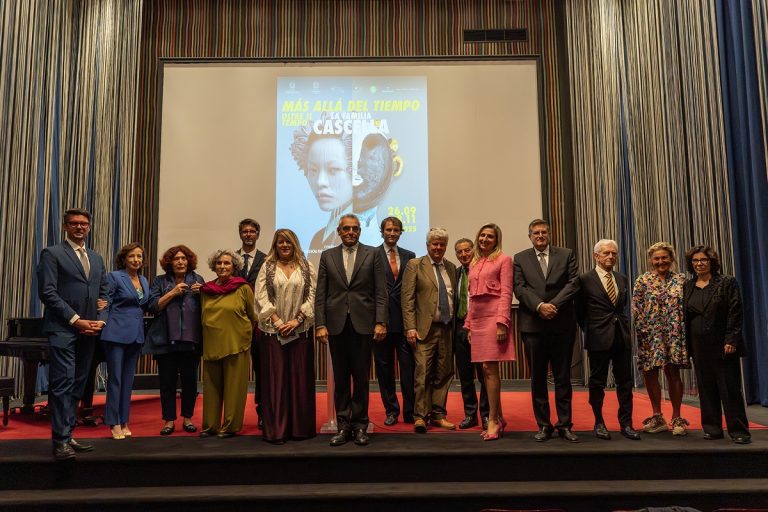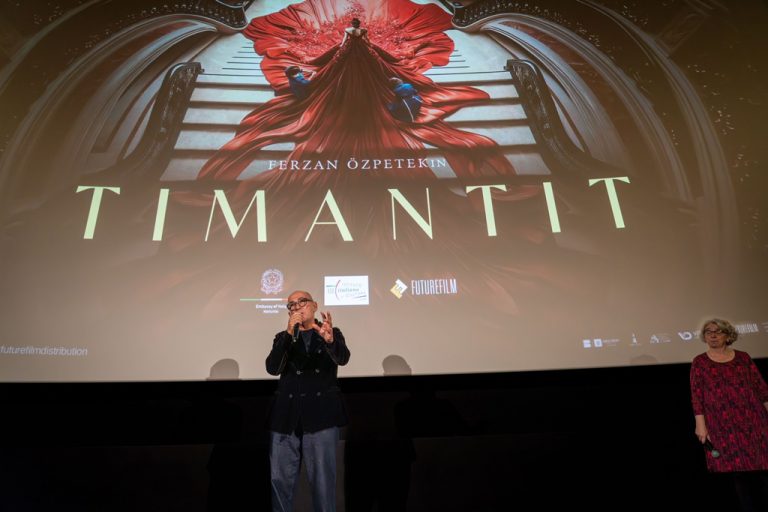An excavation and restoration campaign by an Archaeological Mission directed by Prof. Grazia Semeraro (Salento University, Lecce, Italy) and authorised by the Directorate General of the Ministry of Culture and Tourism is ongoing at the site of the Hierapolis of Phrygia. The Mission is accredited with the Ministry of Foreign Affairs and operates in cooperation with the Italian Embassy in Turkey. The excavation works are performed in partnership with the Denizli Museum and with Pamukkale University (Denizli). Many Italian universities take part in the Mission: the Turin Polytechnic, the Universities of Florence, Padua, Pisa, Rome ‘La Sapienza’, Messina and Lecce (Salento University); in addition, Birgül Camoğlu Günaydın contributes as the representative of the Turkish Government and İnci Türkoğlu (Pamukkale University) as assistant director.
The works began in June, with the restoration of the famous Ploutonion, the sanctuary dedicated to the god Hades, where our ancient forefathers thought the gate to hell was located. The tour itinerary was outlined under the guidance of Prof. Francesco D’Andria with the financial support of Tofaş and Koç Vakfı. It was first presented to the press on 19 September, at the presence of the CEO of Tofaş, Cengiz Eroldu. The restoration work included the reconstruction of the theatron (the seating area for the spectators of the ceremonies paying tribute to Hades-Pluto held in front of the sacred grotto), reinstalling several columns of the portico surrounding the whole sanctuary and the base of the sacellum hosting a colossal statue of the god. A marble reproduction of this statue was made in Afyon on the basis of a digital restoration design and placed on the base of the sacellum. Together with the multi-headed dog Cerberus, it dominates the surrounding landscape and represents a great tourist attraction. The restoration yard was coordinated by Kadir Özel.
The excavation work began in September and involved numerous areas of the site: the Sanctuary of Apollo, the Nymphaeum of the temple (a monumental fountain built at the time of the Severan Dynasty inside the Sanctuary of Apollo), the houses near the theatre and the necropolis. Work also continued on the epigraphic research, the study of materials (ceramics, marble sculptures, sarcophaguses) and the systematic recording of the city’s monuments through innovative technology (laser scanner, 3D reconstructions). An important research study is also the analysis of the seismic behaviour of buildings, which is very useful in designing restoration work.
In addition, another chapter was added to the history of the city of Hierapolis with a new excavation site in the area of the Phrygian necropolis, which was discovered in 2016 by the archaeologists of the Denizli Museum, directed by Hasan Hüseyin Baysal. During an emergency intervention close to the North entrance, Meral Tarhan, Elva Altıntaş and Birgül Camoğlu Günaydın found several structures datable to the 8th-7th century B.C. Seeing the great interest of these findings for the history of the city, the exploration was resumed this year in partnership with the Denizli Museum and is producing important results. Before this discovery, nothing was known about the more ancient history of Hierapolis which was founded by Macedonian Greeks in the Hellenistic Period (3rd –2nd century B.C.). A new settlement is now emerging which is much older and that will make it possible to shed light on the people who inhabited the Lykos Valley before the arrival of the Greeks. The excavations brought to light cremation graves enclosed within circles of stones linked to rituals performed around heaths and pits full of coal and ashes.
Ancient writers refer to a city located in Hierapolis at the time of Croesus (the famous king of Lydia) but no archaeological trace of such an ancient period had been found up to now. Ploutonion was surely already known to the Phrygians but we know nothing about the place where they lived. The discovery of the past history of Phrygia is one of the challenges that archaeologists will now have to meet.

